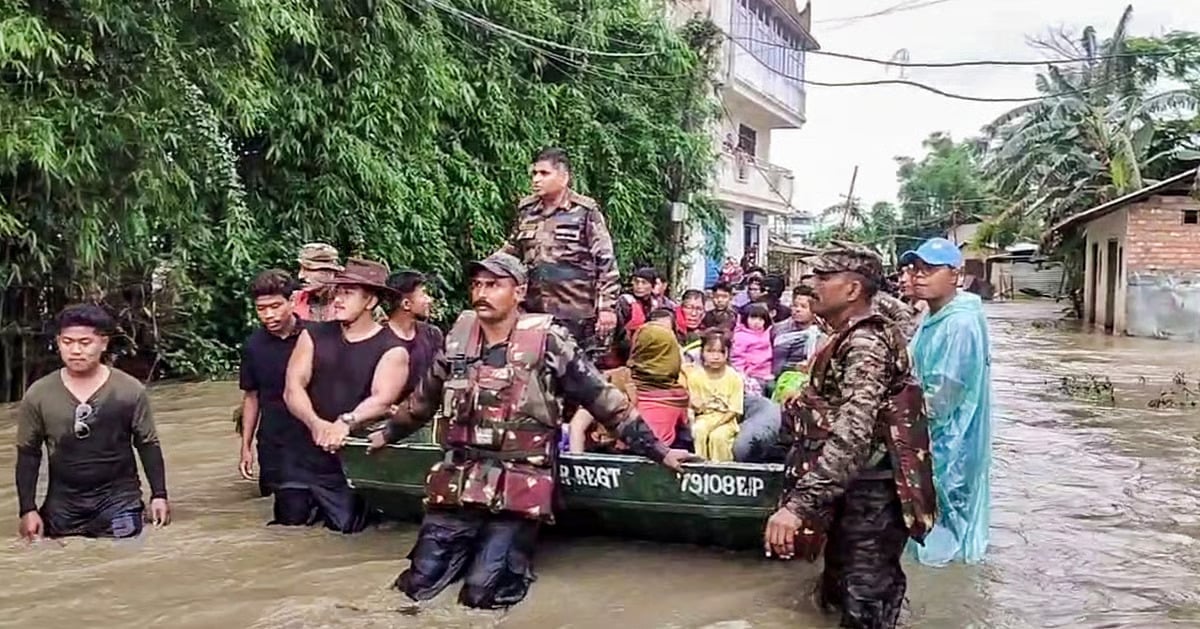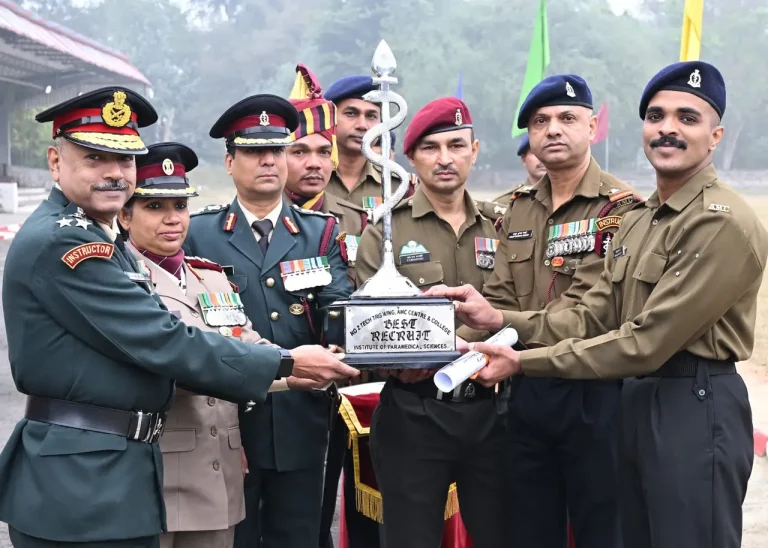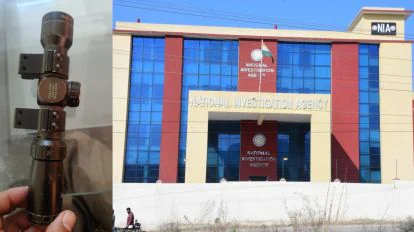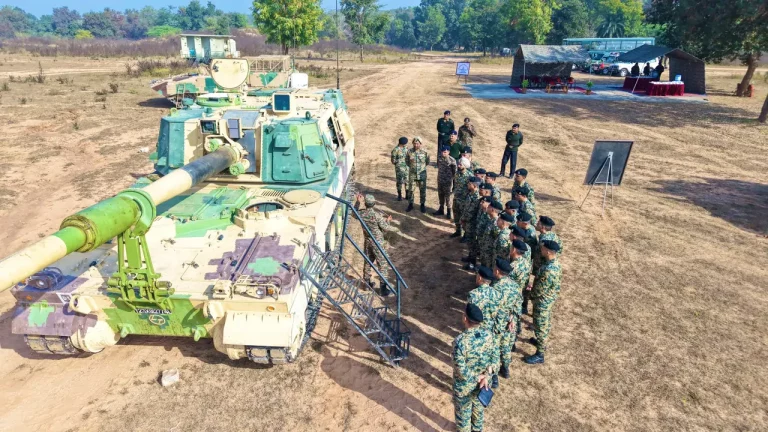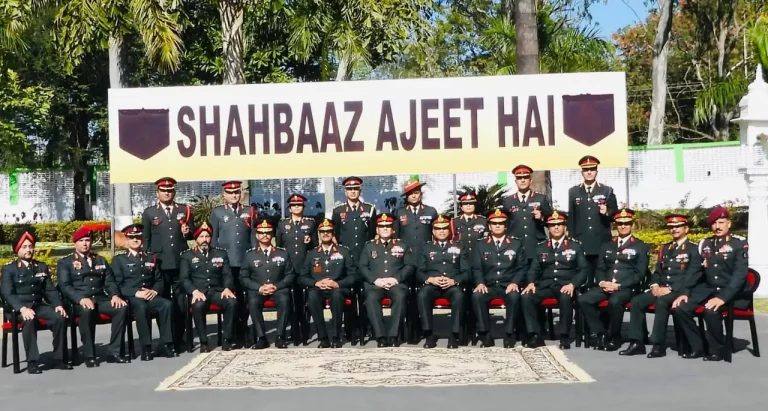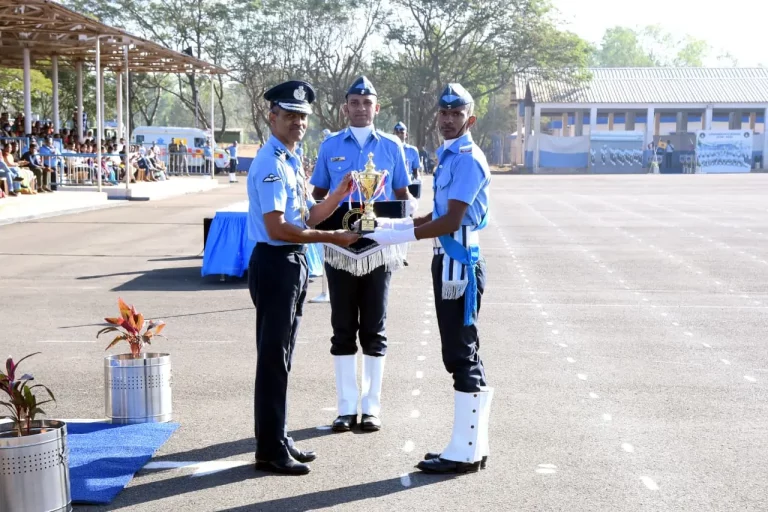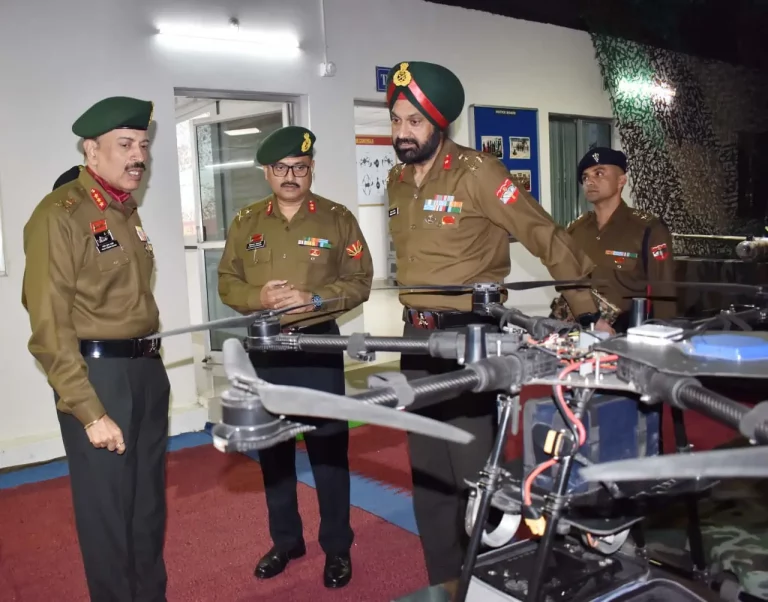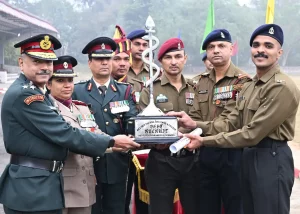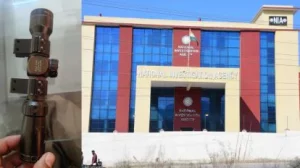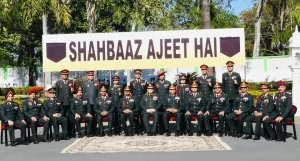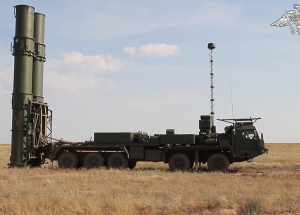The Indian Army has initiated extensive rescue and relief efforts under Operation Jal Rahat 2, in response to severe floods and landslides triggered by heavy monsoon rains in Himachal Pradesh and the North East region. Army units have been deployed across various affected areas, ensuring the delivery of essential aid and the evacuation of stranded civilians.
In Himachal Pradesh, the focus is on Mandi district, one of the areas hardest hit by the recent calamities, where flash floods and landslides have isolated entire villages. Relief teams are operating in critical locations such as Thunag, Bagsiad, and Pandoh, in collaboration with the State Disaster Response Force, National Disaster Response Force, and local authorities. Significant strides were made on July 6 when Army personnel successfully cleared a crucial mule track connecting Bagsiad and Thunag, restoring access to remote villages and facilitating the supply of food, medicine, and essential relief packages.
Medical camps have been set up in Thunag, where Army medical teams are providing vital healthcare services to the affected population. Emergency supplies successfully reached previously unreachable regions, including Degi, Rushad, and Chapad — aid arriving in Degi on July 7, in Rushad on July 8, and in Chapad on July 9 marks a critical advancement in the ongoing operation.
However, communication challenges persist, particularly in the remote areas of Thunag, where mobile networks are largely unavailable. To address this issue, the Army has deployed satellite communication systems, including ISAT phones and HX terminals, to ensure effective real-time coordination with civil authorities.
In a related development, the Chief Minister of Himachal Pradesh is expected to visit Thunag to assess the ground situation and meet both relief workers and the residents affected by the disaster. Simultaneously, the Brigade Commander overseeing the Army’s relief operations will visit Mandi to evaluate progress and discuss strategic coordination with the Chief Minister and Deputy Commissioner.
Meanwhile, in the North East, Operation Jal Rahat 2 is being driven by the Headquarters Inspector General of Assam Rifles (North), covering flood-impacted areas in Nagaland, Assam, and Manipur. On July 10, the Deputy Commissioner of Dimapur formally requested Army assistance after floods inundated the Singrijan Colony in Nagaland. In response, an Engineer Task Force was deployed to begin relief operations. Although civil authorities later issued a verbal de-requisition, Army units remain on high alert for any future deployment needs.
In Assam’s Golaghat district, the Dhansiri River overflowed its banks earlier in the week; while water levels have started to recede, Army personnel continue to monitor the situation and are ready to respond at a moment’s notice. Similarly, in Manipur, inundation from the Nambol River has impacted portions of Imphal West and Bishnupur districts, with Army teams engaged in evacuating residents and providing food and medical assistance.
As of July 10, a total of 40 Army relief columns have been dispatched across the North East, comprising 24 active units and 16 on standby. These teams have successfully rescued over 3,820 individuals, distributed more than 1,361 food packets, provided medical care to over 2,000 people, and delivered nearly 15,500 bottles of clean drinking water.
The Indian Army’s prompt and coordinated actions have proven essential in preventing further loss of life and alleviating the suffering of communities affected by the floods. Their expedited deployment and commitment underscore the Army’s role as both a military organization and a humanitarian lifeline in times of need.
Senior defense officials have reaffirmed the Army’s steadfast dedication to the people, stating, “We are here to serve, always—whether in war or in disaster.” They emphasized that from mountainous terrains to flood-affected plains, the mission remains focused on protecting and assisting fellow citizens.
As the frequency and intensity of climate-related disasters increase, the Indian Army’s capacity for swift, disciplined, and effective humanitarian response continues to set a national benchmark in disaster relief operations.
